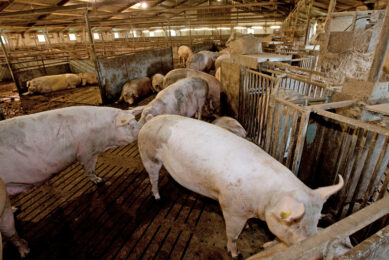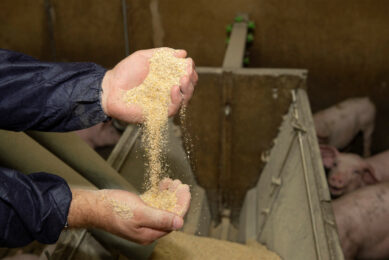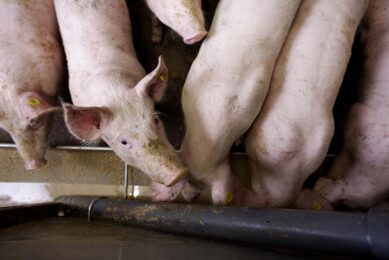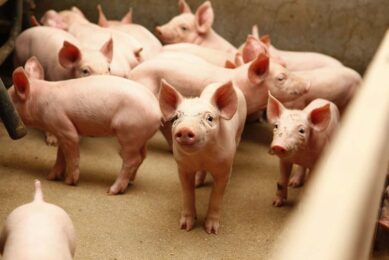M. hyo variability shows need for new terminology
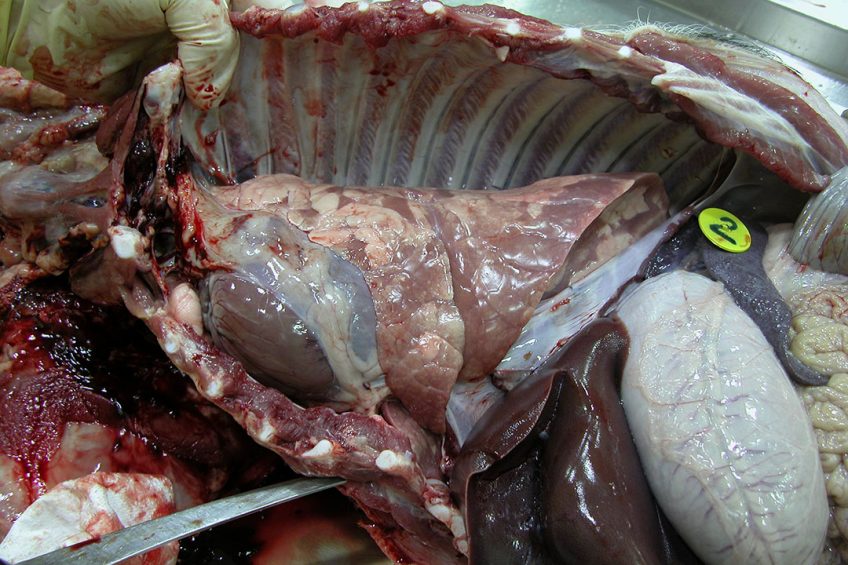
The well-known bacteria Mycoplasma hyopneumoniae (M. hyo), known for causing enzootic pneumonia in swine, is in need for new terminology because of its variability.
That conclusion was drawn by an international team of researchers, who jointly published in Transboundary and Emerging Diseases. The authors included well-known scientists from Belgium, Spain, Argentina and the United States. In the article, they reviewed the observed variability in M. hyo, the effect it can have in swine farms and how a better terminology is possible to improve scientific communication.
Proposed terminology
The team proposed to classify the different mycoplasms by their Variable Number Tandem Repeats (VNTR)-type. In this terminology, the number of VNTRs found for 2 different surface proteins such as P97 and P146 would be used to identify the micro-organism.
The authors also made a call for the creation of a tool to illustrate differences and relations between VNTR-types as well as the creation and curation of a public database to inventory them all.
Components of the cell membrane
The researchers wrote in the abstract of their article: “Different components of the cell membrane (i.e. proteins, glycoproteins and lipoproteins) may serve as adhesins and/or be toxic for the respiratory tract cells. Mechanisms leading to virulence are complex and more research is needed to identify markers for virulence. The utilisation of typing methods and complete or partial‐gene sequencing for M. hyo characterisation has increased in diagnostic laboratories as control and elimination strategies for this micro-organism are attempted worldwide.”

Read more about pig health in the Pig Progress Health Tool
“A commonly employed molecular typing method for M. hyo is Multiple‐Locus Variable number tandem repeat Analysis (MLVA). The agreement of a shared terminology and classification for the various techniques, specifically MLVA, has not been described, which makes inferences across the literature unsuitable.”
The article was written by Alyssa M. Betlach and Maria Pieters, University of Minnesota, Minneapolis, MN, USA; Dominiek Maes and Freddy Haesebrouck, University of Ghent, Belgium; Laura Garza‐Moreno and Marina Sibila, IRTA, Spain; Joaquim Segalés, Universitat Autònoma de Barcelona, Spain; Pablo Tamiozzo, Universidad Nacional de Rio Cuarto, Argentina.



